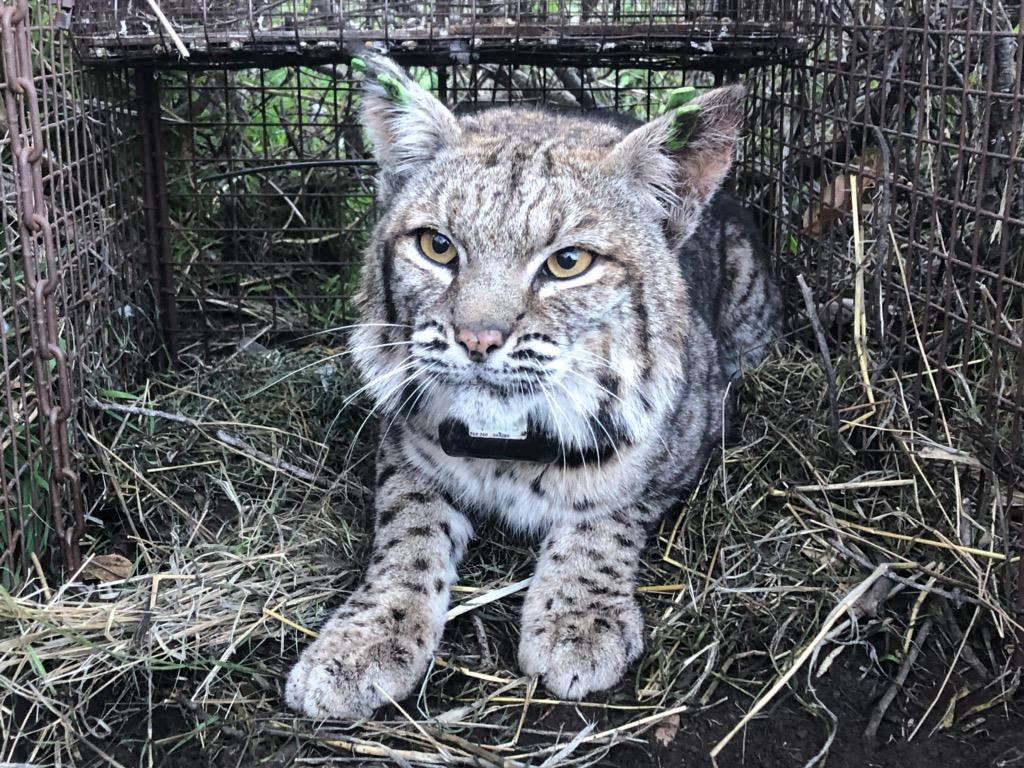SANTA MONICA — An adult female bobcat and a younger male mountain lion have both died due to ingesting rat poison in Simi Hills and the Santa Susana Mountains, according to the National Park Service.
The death of a bobcat from rat poisons has only happened twice in the National Park Service’s study of wildlife in the area. Last year, a male in Northridge also died from ingesting poison in the Santa Susana Mountains.
P-76 is the sixth mountain lion to die of uncontrolled bleeding and the third over the past two years.
The bobcat’s death, B-372, is significant to NPS researchers as, “[they] basically never see this in bobcats, so this is an important finding,” as Joanne Moriarty said, a biologist studying bobcats.
It is common for bobcats to test positive for poisons after death, however, it is not common for this to cause internal bleeding, which is what resulted in B-372’s death. Most bobcats die from disease or road mortality according to the NPS. NPS has also found in conjunction with UCLA researchers that ingestion of poison is strongly associated with the leading disease that kills bobcats, notoedric mange.
The NPS noted that usually when species die due to uncontrolled bleeding from exposure to poison, the animals appear healthy. P-76’s death, the mountain lion that died, appeared healthy after its death from poison exposure.
However, B-372 did not appear healthy. She was abnormally thin and diagnosed with chronic anemia postmortem. A notable difference in the lifestyle of B-372 was the amount of time spent in residential areas, which the NPS believes could have led to increased exposures to poisons that may have led to her death.
“These two cases show us that different non-target species are continuing to be exposed to these toxicants, including an array of different poisons, with effects up to and including death from uncontrolled bleeding,” said Dr. Seth Riley, the wildlife branch chief and a UCLA adjunct associate professor.
For more information on mountain lions and bobcats, visit https://www.nps.gov/samo/index.htm.






